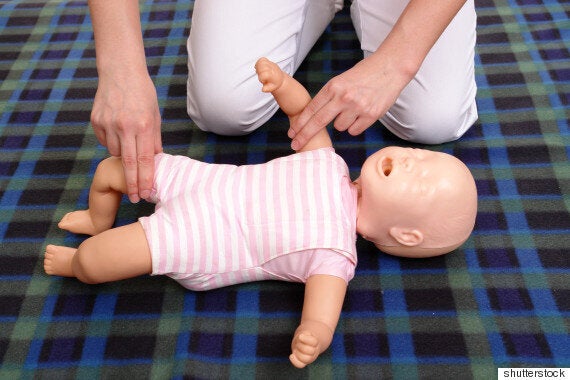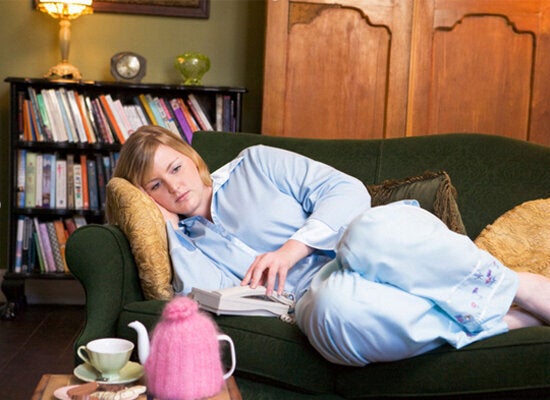Most parents have no idea how to treat baby seizures, according to a new study by the British Red Cross.
Two thirds (66%) of the 2,000 parents surveyed said they had never been taught to recognise or treat the most common type of seizures in young children.
Although one in 20 children will have a febrile seizure, 65% of parents didn't know what they were.
A febrile seizure is a fit that can happen when a child has a fever. Sometimes called febrile convulsions, they are relatively common and, in most cases, aren't serious.

The British Red Cross released the results and a 50-second awareness video as part of their 'Rapped Up' series ahead of World First Aid Day on 12 September 2015.
Joe Mulligan, British Red Cross' head of first aid, said: "Febrile seizures are one of the most common types of fit in babies and young children. The symptoms look frightening but are easily treatable.
"We want to make sure parents feel confident, informed and can take action right away."
Mum Joanne Riley has witnessed a febrile seizure in her two-year-old son Freddie, describing it as being a "traumatic experience."
She said: "Seeing my baby stiff and shaking and slowly watching his lips turn blue was one of the scariest moments of my life. I remember thinking ‘this is it, my little baby is dying’.
“I called 999 and ran next door to get my neighbour who is a nurse. Luckily the paramedics arrived very quickly and took him to hospital.
"I was surprised to hear how common the seizures are amongst babies and young children. I’ve since refreshed my first aid skills on a baby and child course and I’d advise all parents to do the same."
Advice on treating a baby having a febrile seizure from the Red Cross:
1. The baby or child may arch their back, stiffen their body and have clenched fists. They look red-faced, are hot to touch and sweating.
Their eyes may roll upwards and they may hold their breath.
2. Protect the baby or child from injury. Do not restrain them.
Remove objects that may injure the baby or child while they are having the seizure. Use a blanket or clothing to protect their head from injury.
3. Remove outer clothing to help cool them.
Febrile seizures are caused by a raised temperature so it is important to cool the baby or child. If the room they are in is hot, ensure there is a flow of fresh air (e.g. open a window).
4. When the seizure is over, help the baby or child to rest on their side with their head tilted back.
If the symptoms continue or it is their first seizure, seek medical advice.
Helping them to lie on their side with their head back will help them to keep breathing.
SEE ALSO:
'First Aid Rapped Up' Child Safety Campaign Launched By British Red Cross Featuring Rapping Babies
Thinkuknow Campaign Launches To Teach Parents How To Respond If Their Child Begins Sexting
